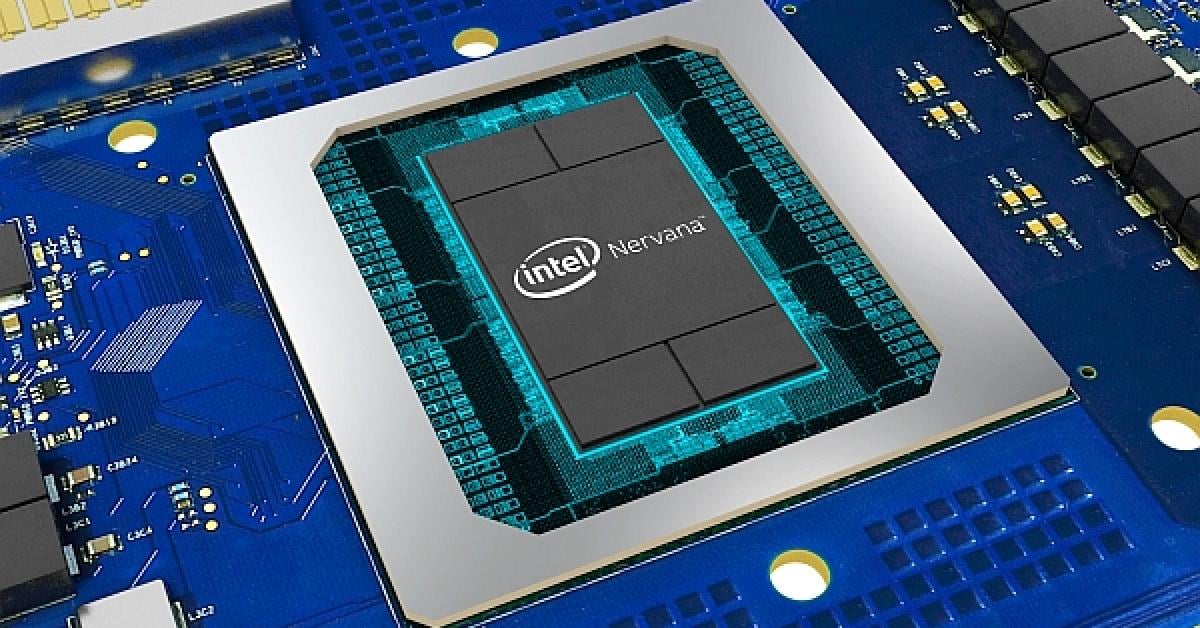What are Neuromorphic Systems?
Neuromorphic systems are a groundbreaking approach to computing inspired by the structure and functionality of the human brain. Unlike traditional computers that rely on binary logic and sequential processing, neuromorphic systems emulate the parallel processing and adaptive learning capabilities of the brain’s neural networks.
Intel’s Breakthrough: Hala Point

Understanding Hala Point
Intel, a leader in semiconductor technology, has made a significant stride in the realm of neuromorphic computing with the development of Hala Point. This groundbreaking system stands as the world’s largest neuromorphic system, pushing the boundaries of artificial intelligence (AI) innovation.
The Significance of Hala Point
Advancements in Sustainability
Hala Point marks a pivotal moment in AI development by prioritizing sustainability. Traditional data centers consume massive amounts of energy, contributing to environmental degradation. However, Hala Point’s design emphasizes energy efficiency, reducing its carbon footprint and making AI more eco-friendly.
Power Efficiency
One of the key features of Hala Point is its unparalleled power efficiency. By leveraging neuromorphic architecture, which closely mimics the brain’s energy-efficient processes, Intel has created a system that accomplishes complex tasks while consuming significantly less power than conventional computing systems.
Scalability
Another aspect that sets Hala Point apart is its scalability. With the ability to seamlessly scale up or down based on computational needs, this system offers unprecedented flexibility for various AI applications, from edge computing to large-scale data analysis.
Impact on AI Development
Enhanced Performance
Hala Point’s neuromorphic architecture enables superior performance in AI tasks such as pattern recognition, natural language processing, and decision-making. By harnessing the power of parallel processing and adaptive learning, Intel has unlocked new possibilities for AI advancement.
Mimicking Human Brain
One of the most remarkable aspects of Hala Point is its ability to mimic the human brain’s functionality. By modelling neural networks and synaptic connections, this system can learn from experience, adapt to new information, and perform tasks with human-like efficiency and accuracy.
Applications of Neuromorphic Systems
Healthcare
Neuromorphic systems like Hala Point hold immense potential in revolutionizing healthcare. From diagnosing diseases to personalizing treatment plans, AI-powered applications can improve patient outcomes and streamline medical processes.
Autonomous Vehicles
The automotive industry stands to benefit significantly from neuromorphic technology. By equipping autonomous vehicles with intelligent decision-making capabilities, Hala Point can enhance safety, efficiency, and convenience on the roads of the future.
Cybersecurity
In the digital age, cybersecurity is a paramount concern. Neuromorphic systems offer advanced threat detection and mitigation capabilities, bolstering defenses against cyber attacks and safeguarding sensitive data.
Challenges and Future Prospects
Overcoming Technical Barriers
While Hala Point represents a monumental achievement, there are still technical challenges to overcome. Addressing issues such as hardware limitations and algorithm optimization will be crucial for unlocking the full potential of neuromorphic computing.
Ethical Considerations
As AI technology continues to advance, ethical considerations become increasingly important. Ensuring transparency, accountability, and fairness in AI systems built on neuromorphic principles is essential to mitigate potential risks and promote ethical AI development.
Conclusion
Intel’s creation of Hala Point marks a significant milestone in the evolution of neuromorphic computing and AI. With its emphasis on sustainability, power efficiency, and scalability, Hala Point paves the way for a future where AI is not only more capable but also more environmentally friendly. As we continue to explore the possibilities of neuromorphic systems, the potential for innovation and impact across various industries is boundless.
FAQs
Q1: What sets Hala Point apart from other neuromorphic systems? A1: Hala Point distinguishes itself with its unparalleled power efficiency, scalability, and ability to mimic the human brain’s functionality.
Q2: How does Hala Point contribute to sustainability? A2: Hala Point reduces energy consumption and carbon emissions, making AI more environmentally friendly.
Q3: What are some potential applications of neuromorphic systems like Hala Point? A3: Neuromorphic systems can be applied in healthcare, autonomous vehicles, cybersecurity, and various other fields.
Q4: What are the main challenges facing the widespread adoption of neuromorphic computing? A4: Technical barriers, such as hardware limitations and algorithm optimization, pose challenges to the widespread adoption of neuromorphic computing.
Q5: How can ethical concerns surrounding AI development be addressed? A5: Ethical considerations, including transparency, accountability, and fairness, must be prioritized in AI development to mitigate risks and promote responsible innovation.
